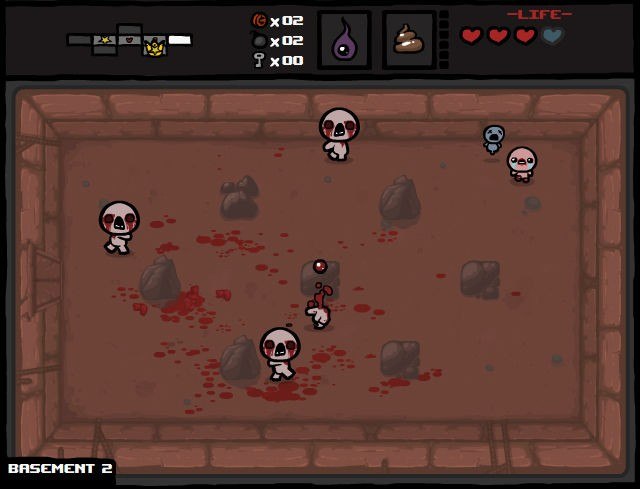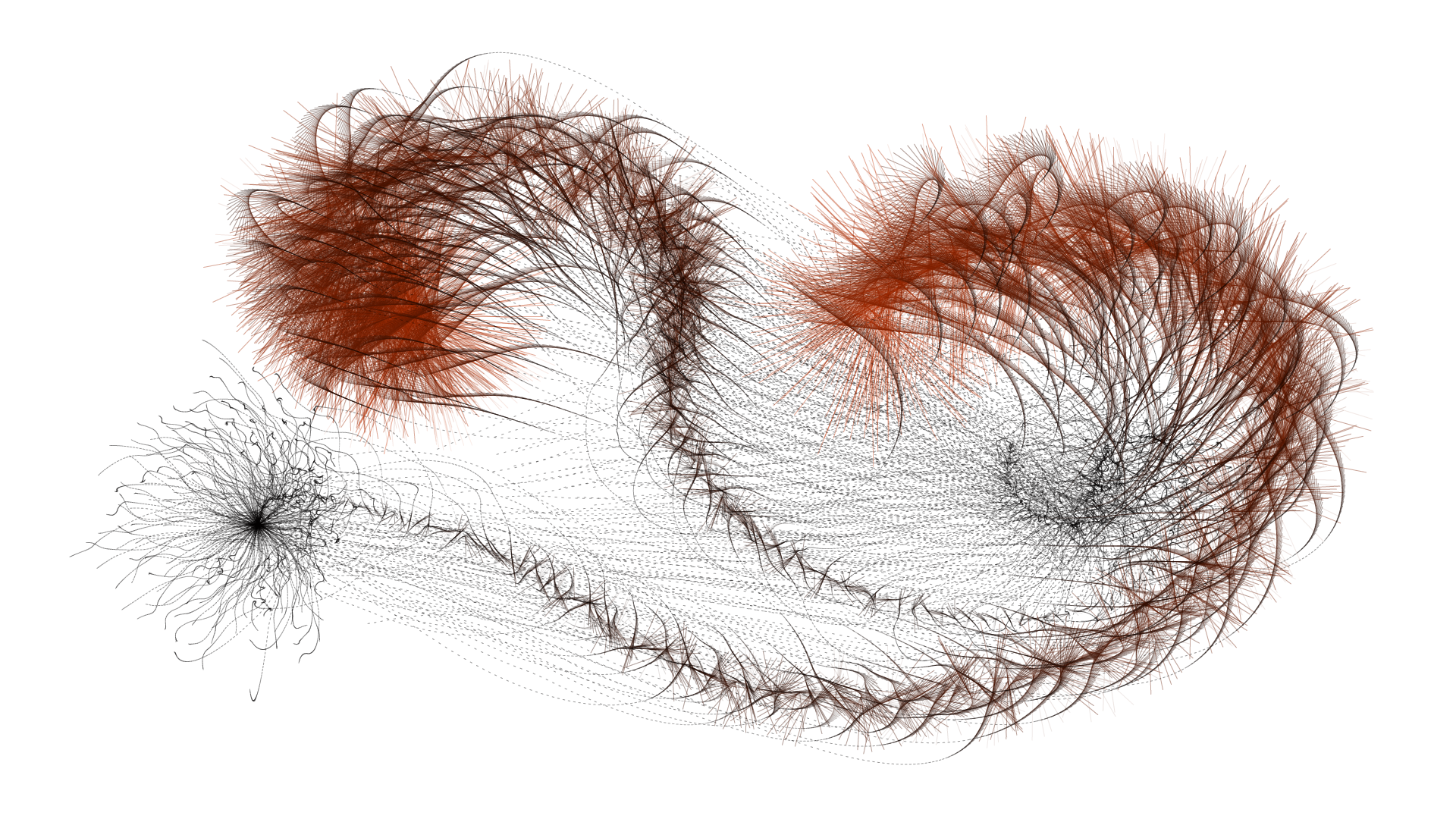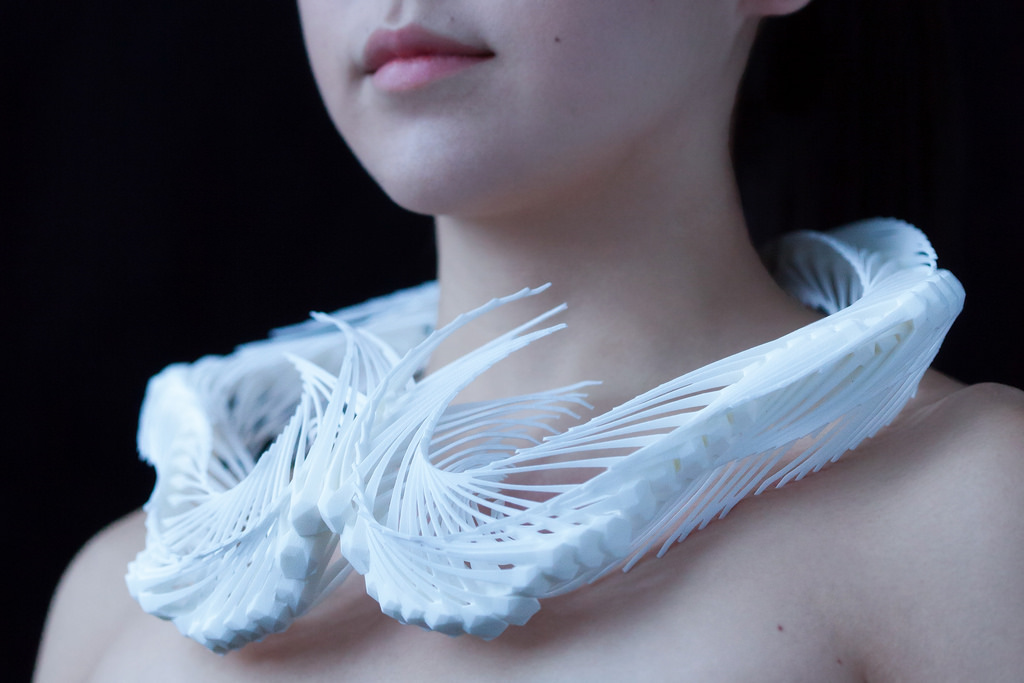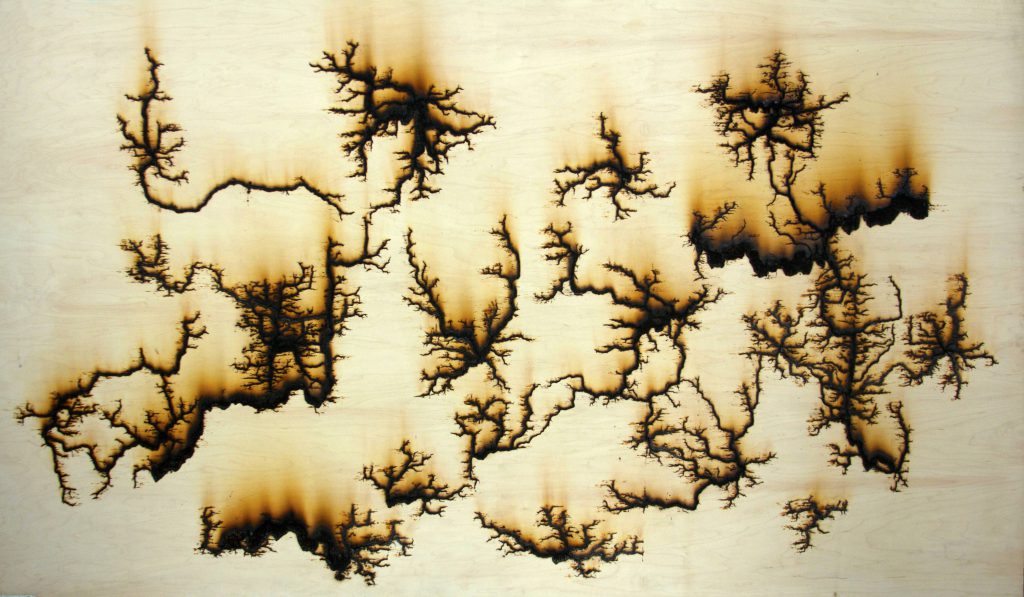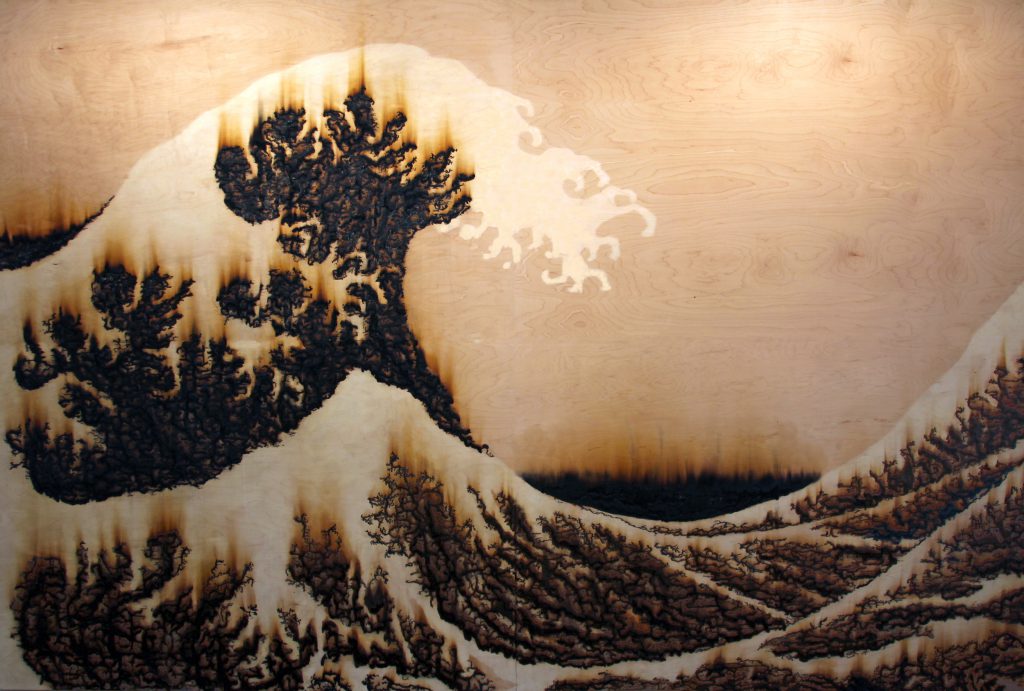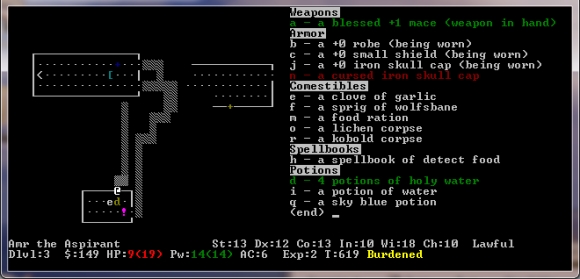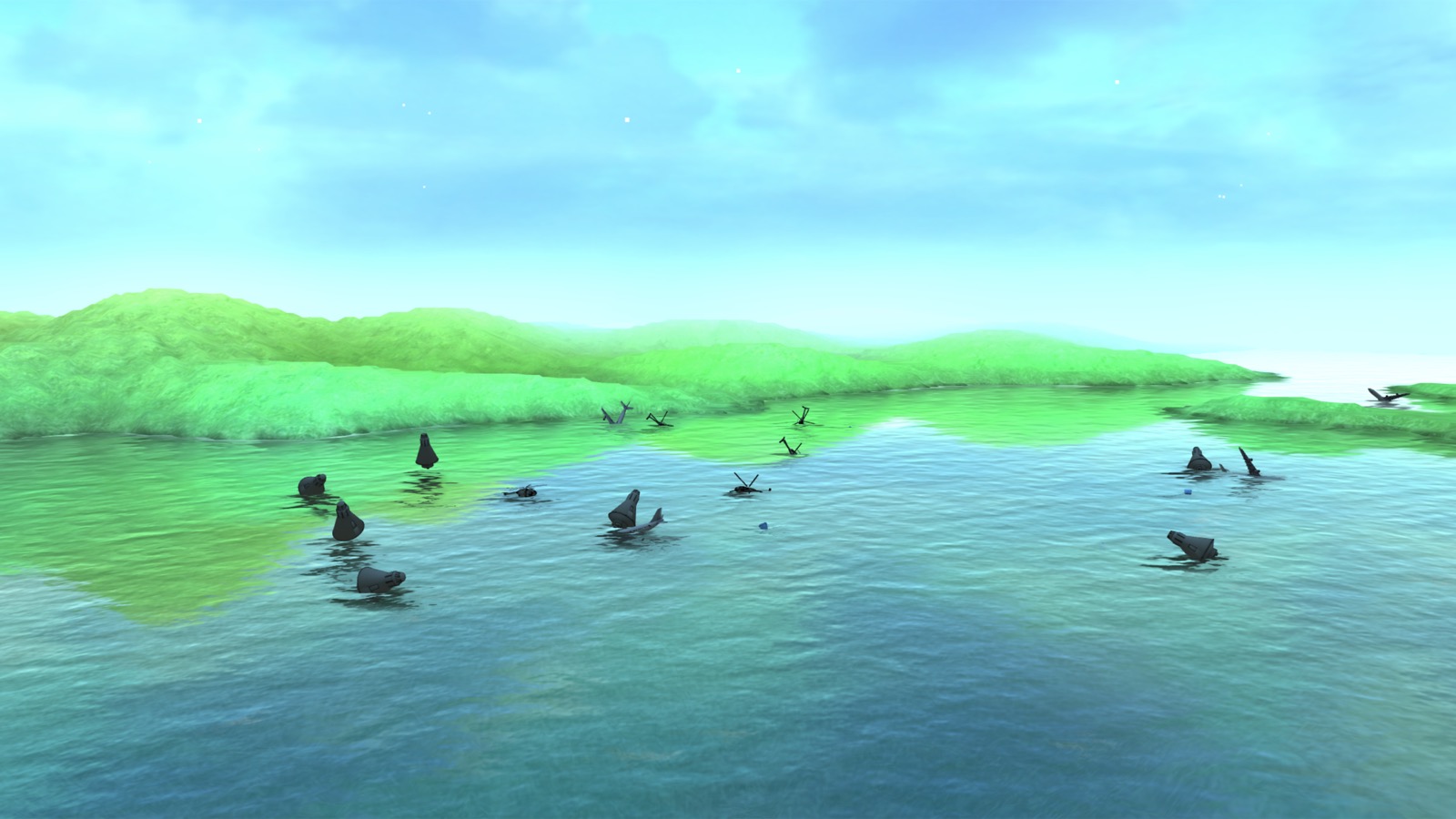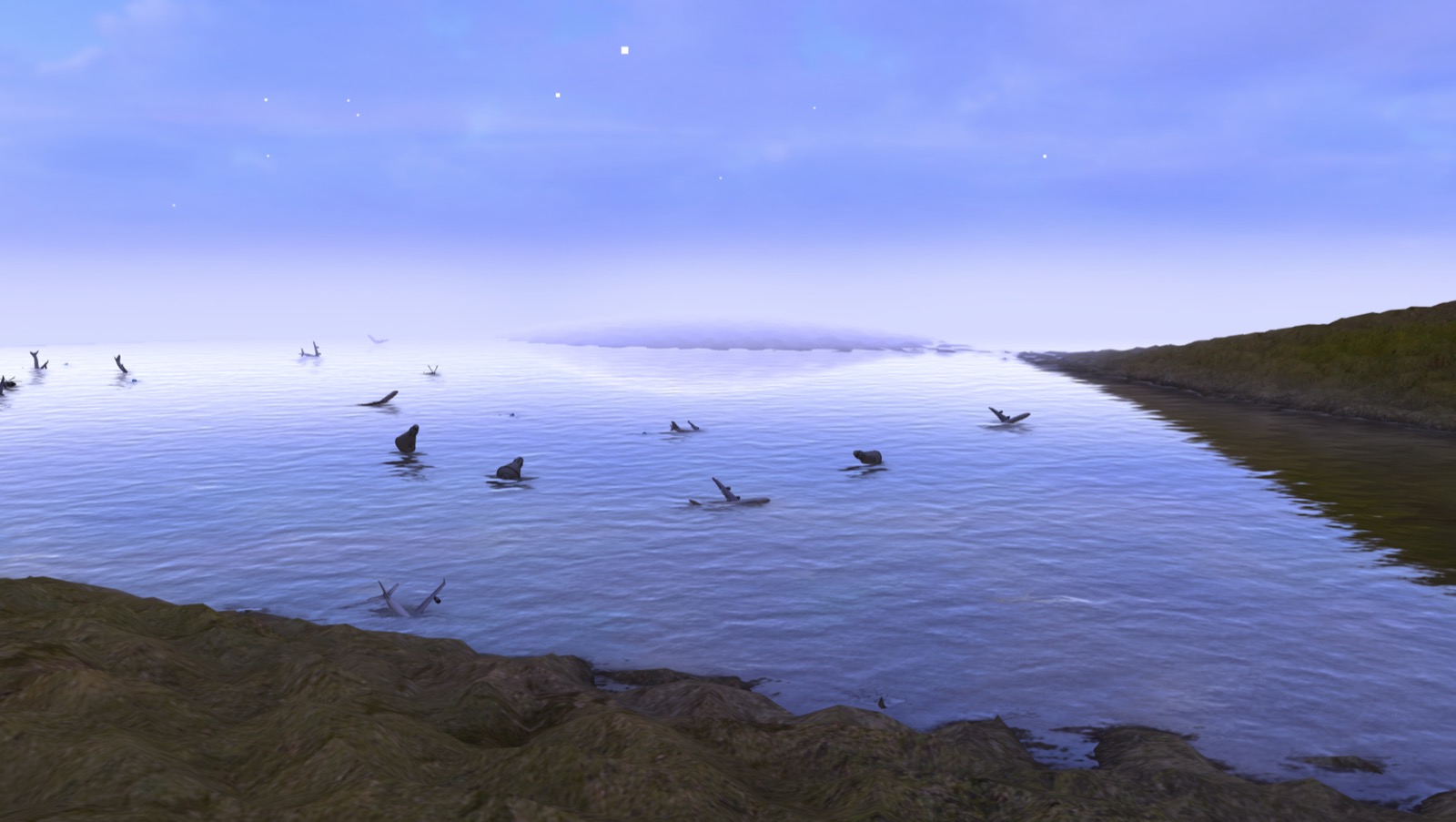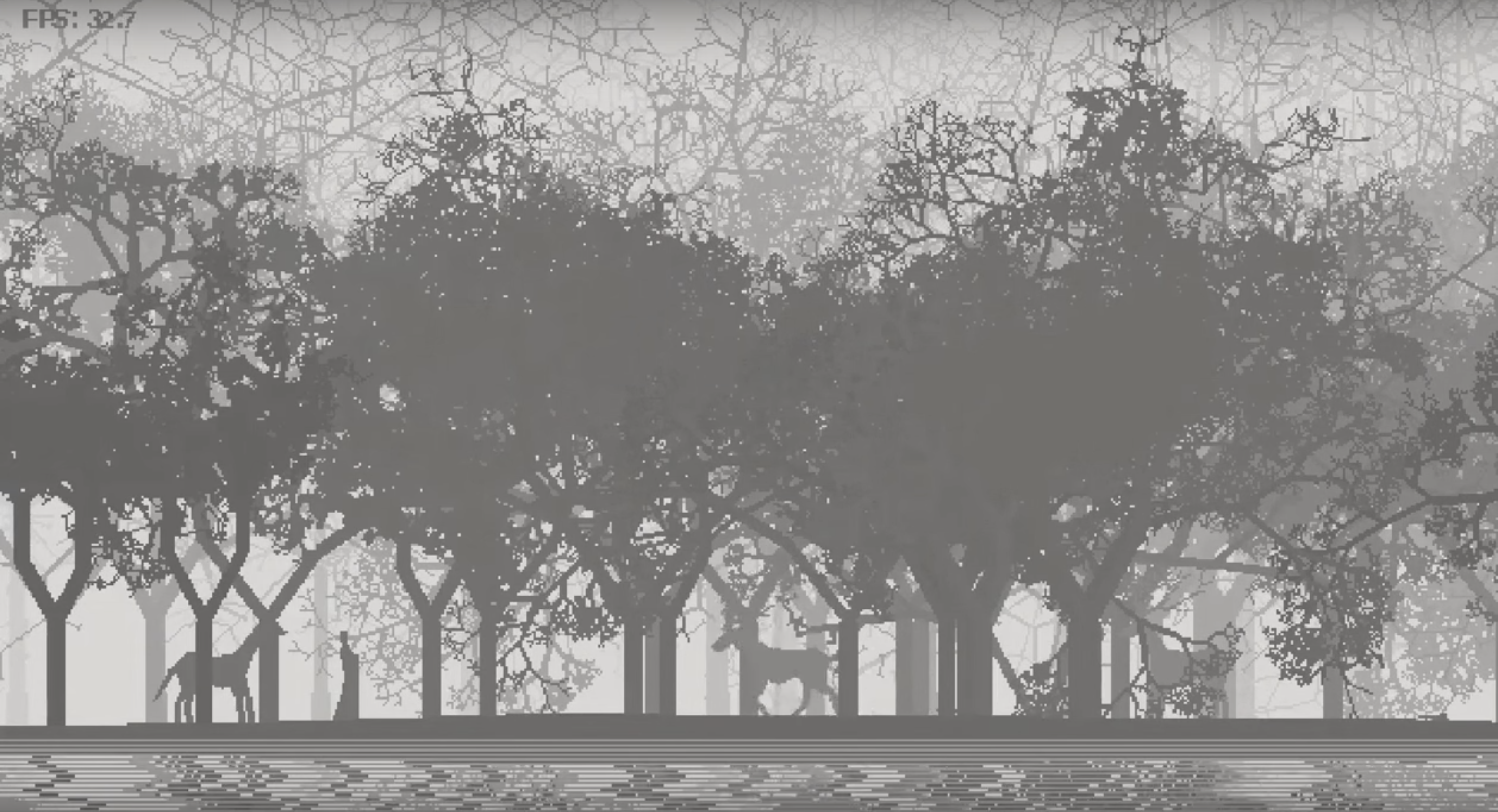"Amoeba Dance" by Memo Akten is an interactive sound-reactive installation which features an amoeba-like 3D life form responding to sound in real time. Although the year of creation is ambiguous, a video of the dance was published by Akten in March 2008. I really admire the fact that this project is happening in real-time and it can be a continuous life form until powered off. "Amoeba Dance" is known to use 1ch HD video, a microphone, and custom software.

Although the methods of its algorithmic creations are unknown, I can suppose that Akten played around a lot with geometrics and reflections. In the artist's own words, this was an "exploration of abstract anthropomorphism and unconventional computer generated visuals and 3D aesthetics." Throughout the amoeba's transformations, it still has a sense of balance and likeness even while rotating and changing shape. It's movements, while sometimes rigid and seemingly unpredictable, are actually just following the sound patterns. Loud noises jerk the amoeba forward while it has a constant, slower rotation it follows. Therefore, I would place this piece nearer to being balanced. It moves and transforms in a way that is predictable--less dictated by chaos.
Link to dance below:


